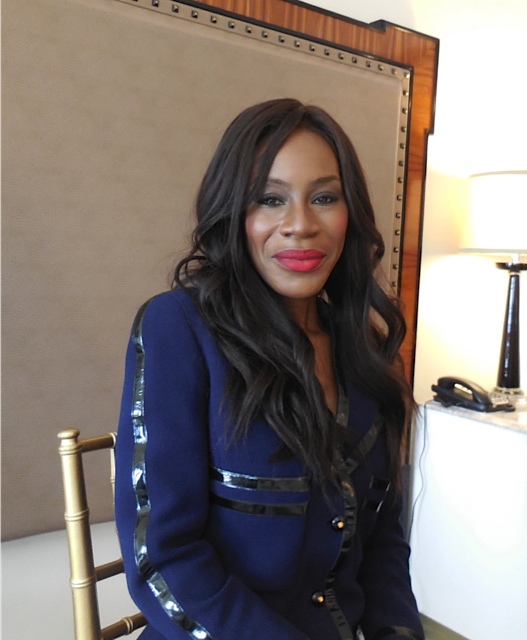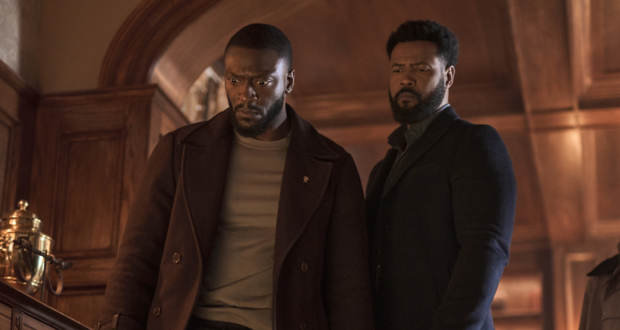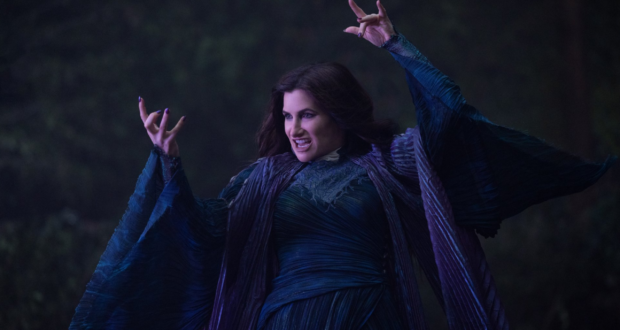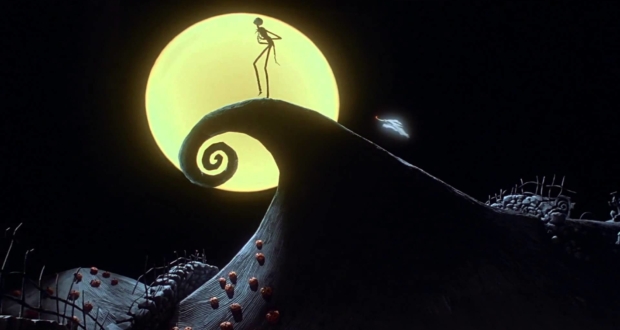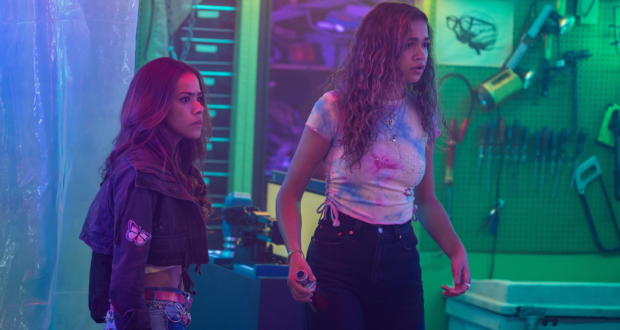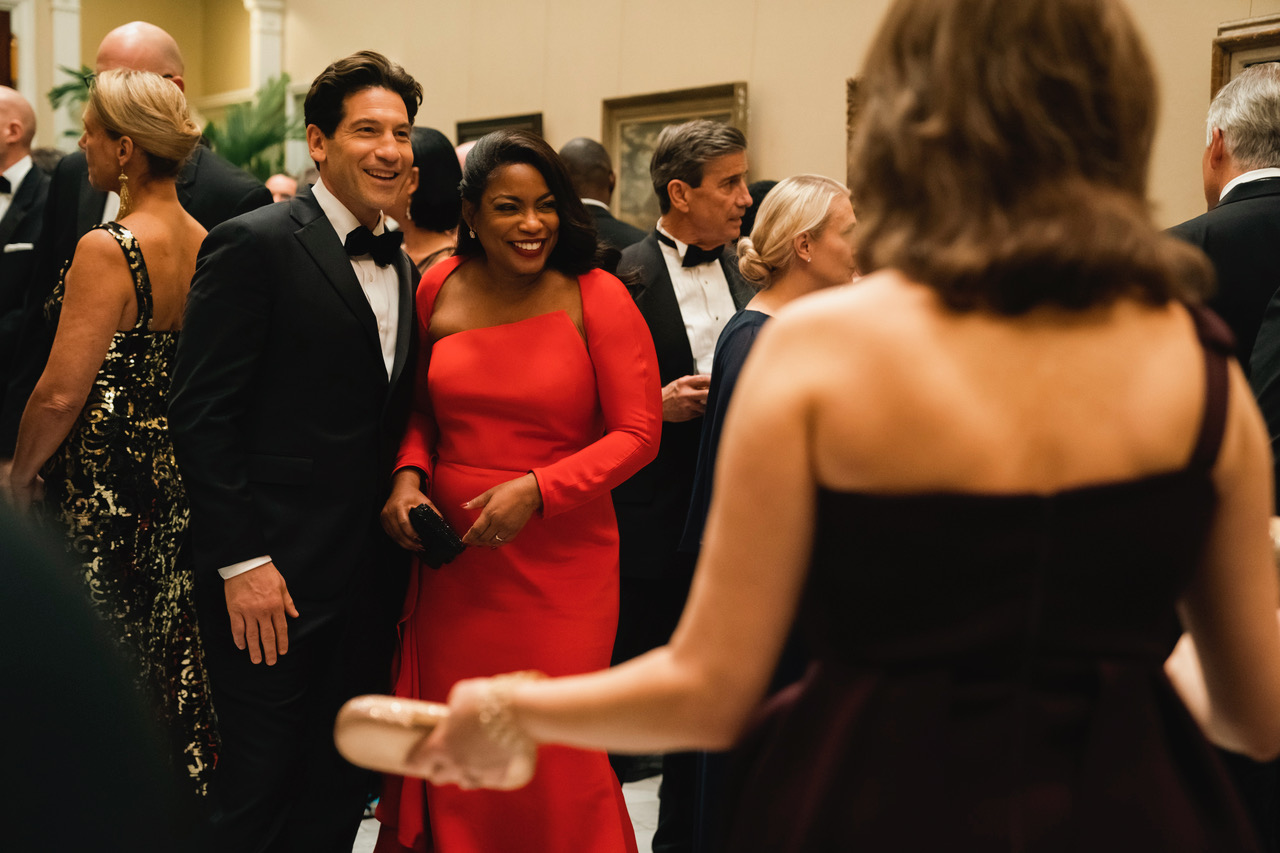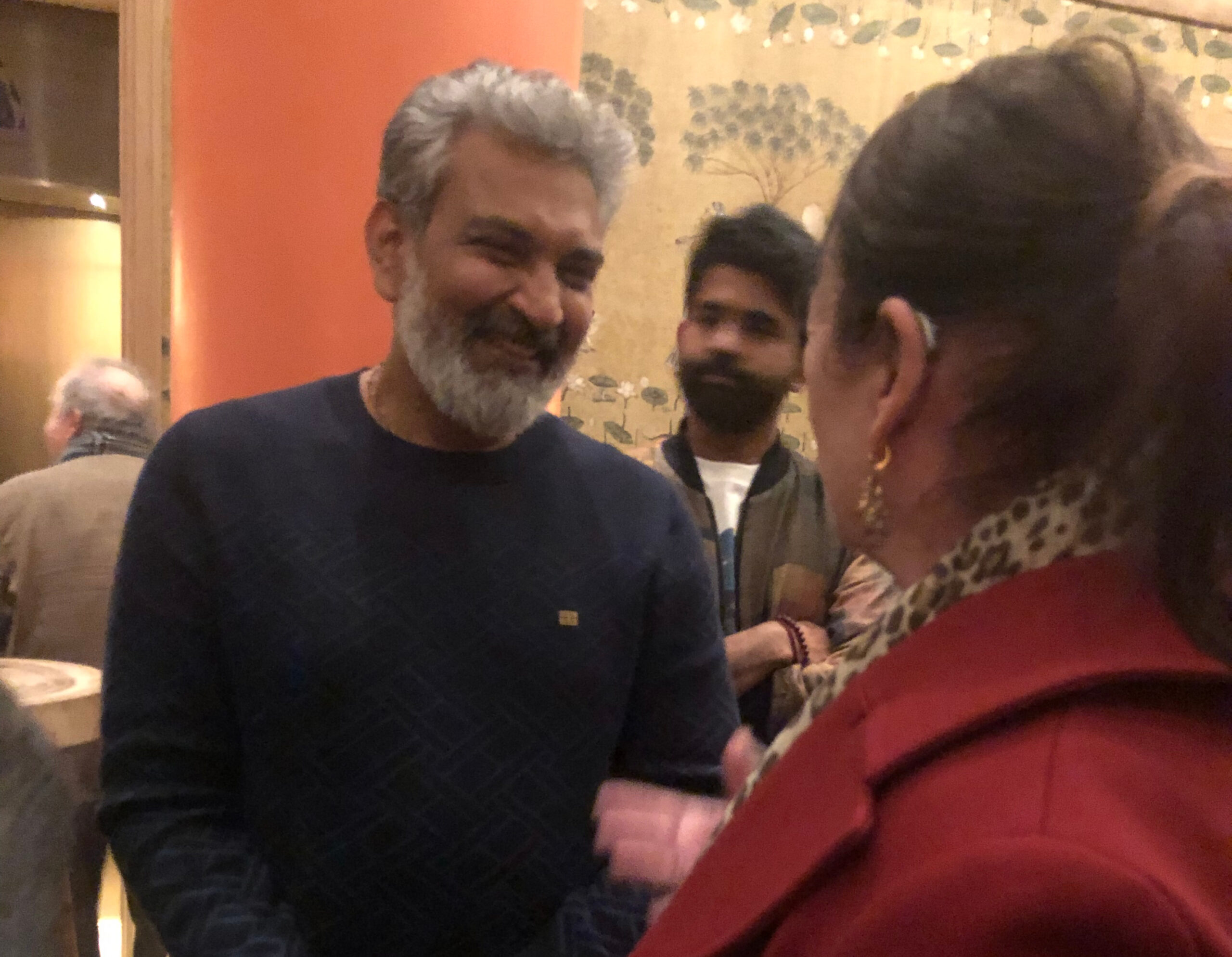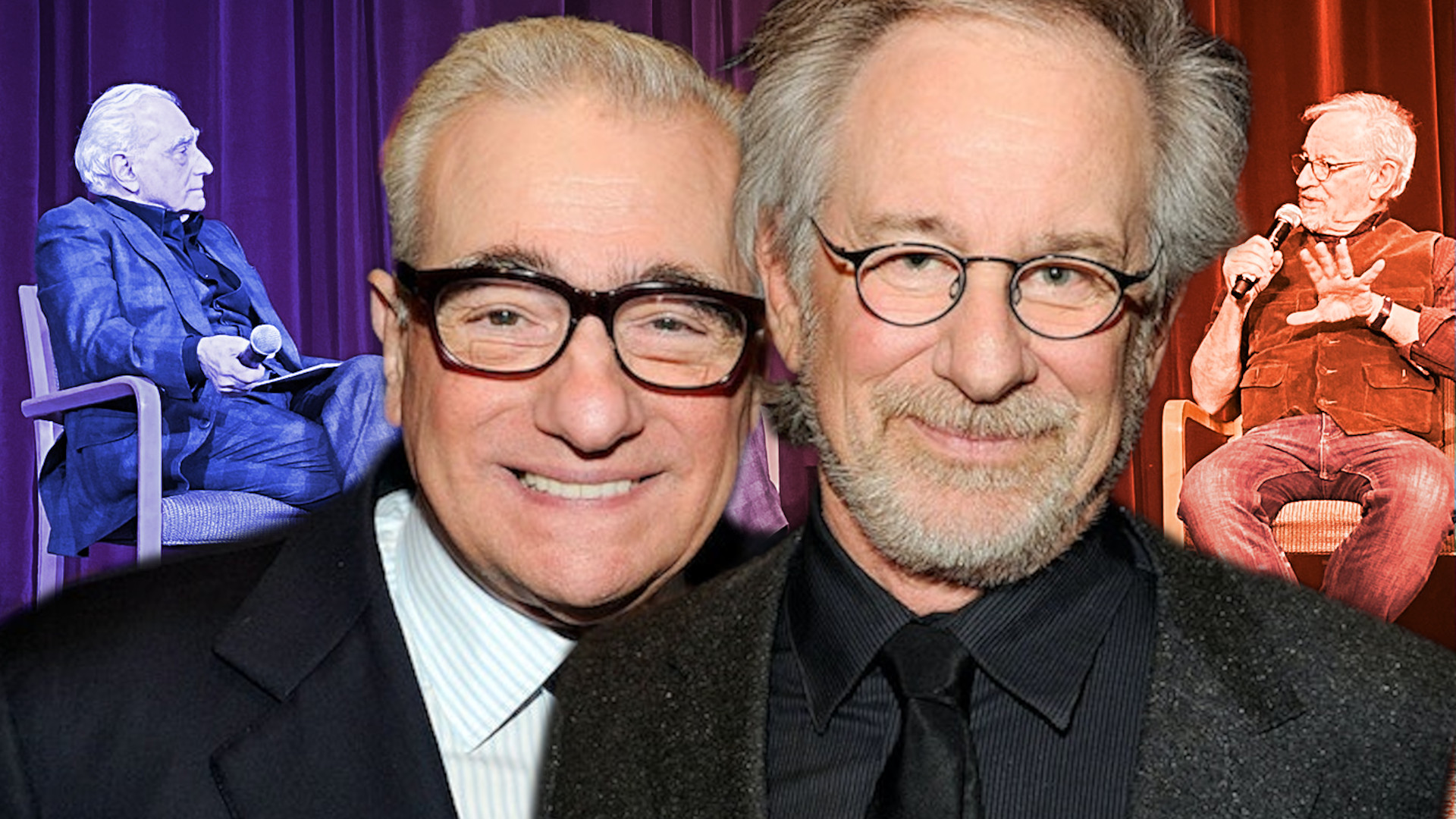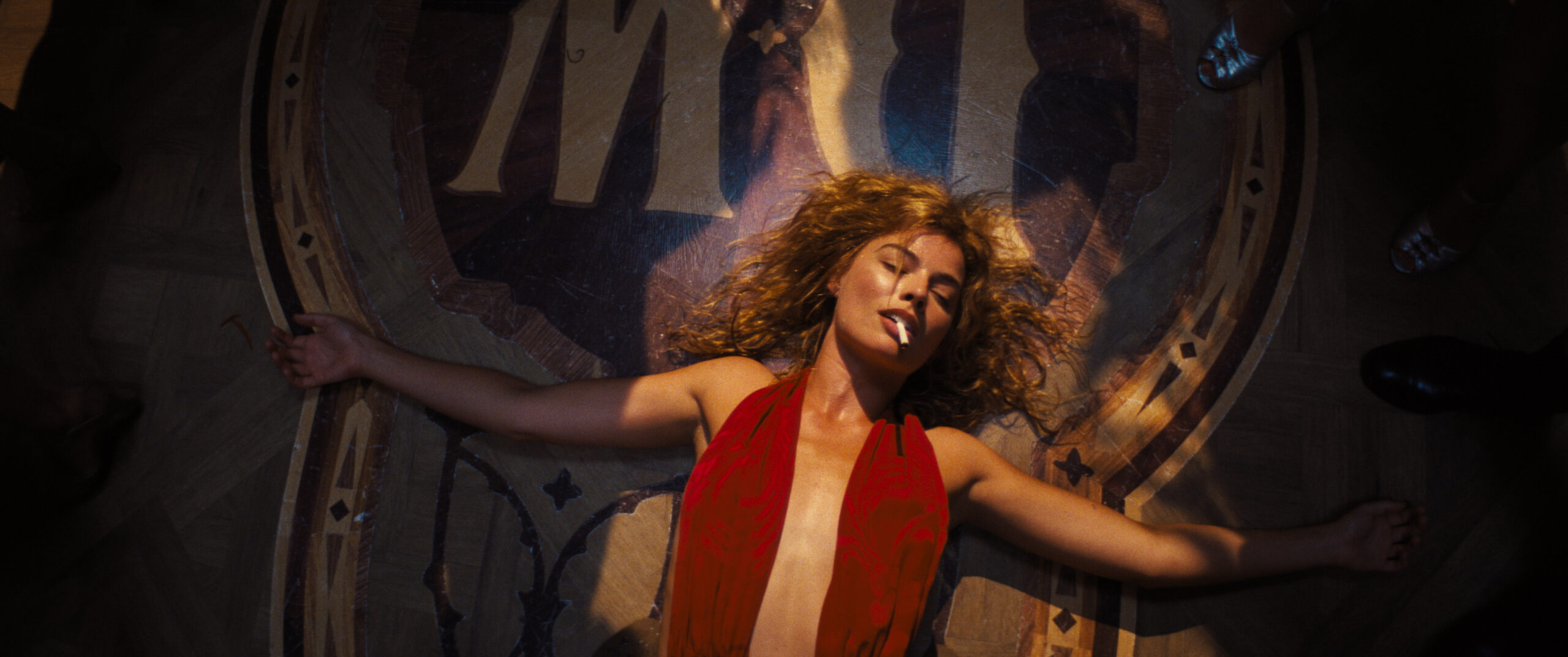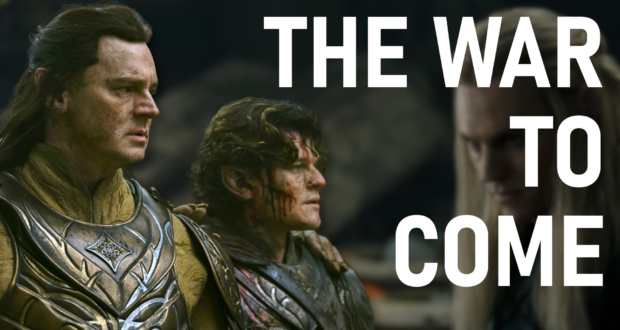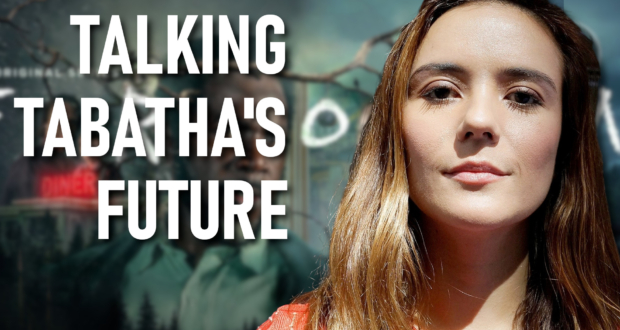Amma Asante, the 44-year-old English director of “Belle” has created a luscious period drama that combines Jane Austen sensibilities with issues of social injustice and slavery in 18th-Century England.
The movie stars Gugu Mbatha-Raw in a breakout performance as Belle. Sam Reid, Miranda Richardson, Penelope Wilton, Matthew Good, Emily Watson, Tom Felton and Sarah Gadon round out the cast.
The inspiration for the film came from an 18th Century portrait by an unknown artist of two women, one black and one white. They stand next to each other with the black woman slightly higher up in the portrait. She is Dido Elizabeth Belle, and she wears a loose, silk dress and an exotic headdress. The blonde is Lady Elizabeth Murray and she has her hand reached out to Dido. Dido is the illegitimate mixed-race daughter of a Royal Navy admiral, and she has a twinkle in her eye and impishly points a finger to her chin. She is the focus of the portrait and so beautiful and alive you cannot take your eyes off her. In real life the women were half cousins, both raised by Chief Justice Lord Mansfield, whose court rulings influenced the English abolition of slavery.
There was some controversy surrounding who should be given screenwriting credit for “Belle.” The Writers Guild of America gave authorship to Misan Sagay, a British filmmaker of African nationality.
Last weekend at a midtown Manhattan hotel, Amma Asante, along with the screenwriter and actors Gugu Mbatha-Raw, Sam Reid and Miranda Richardson, attended a junket to promote the Fox Searchlight film, which opens May 2.
Here are highlights of the interview with the director.
(Damian Jones, the producer of “Belle,” sent Amma Asante a picture postcard that showed the portrait of Dido Elizabeth Belle, the mixed-race daughter of 18th Century Royal Navy Admiral John Lindsay, with her half cousin, Lady Elizabeth Murray (Sarah Gadon).
